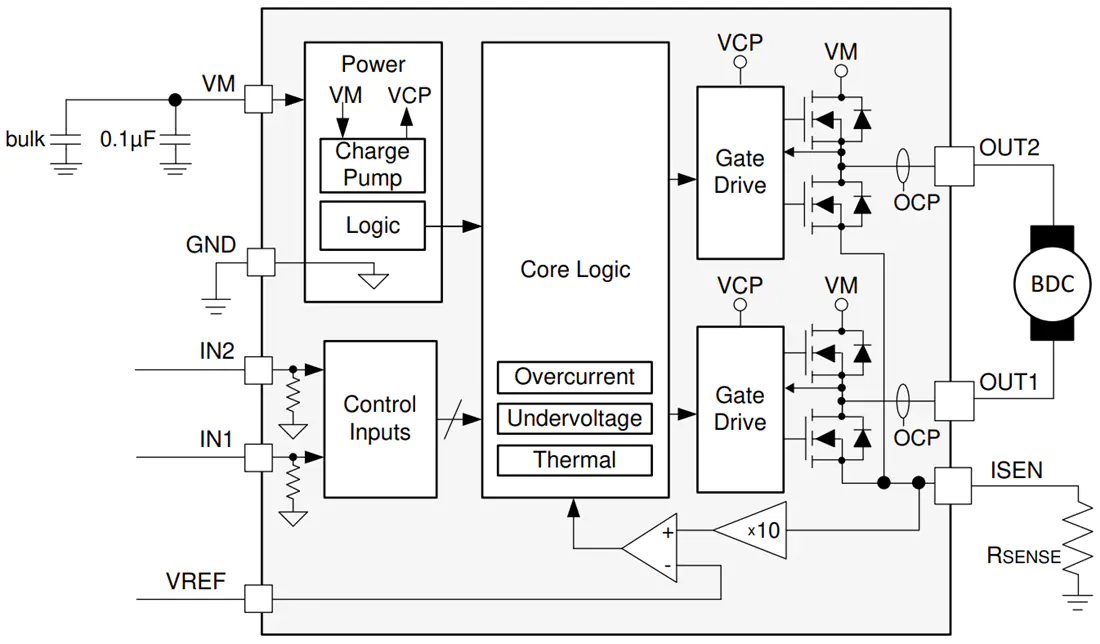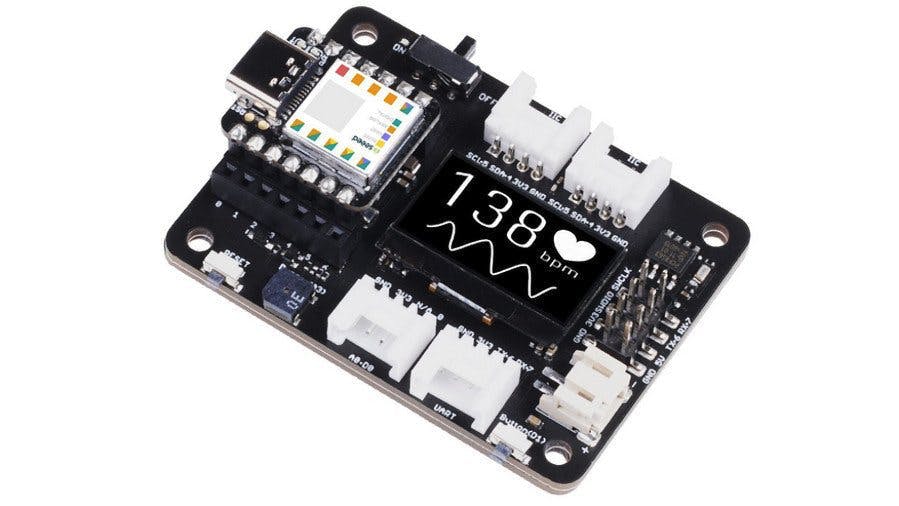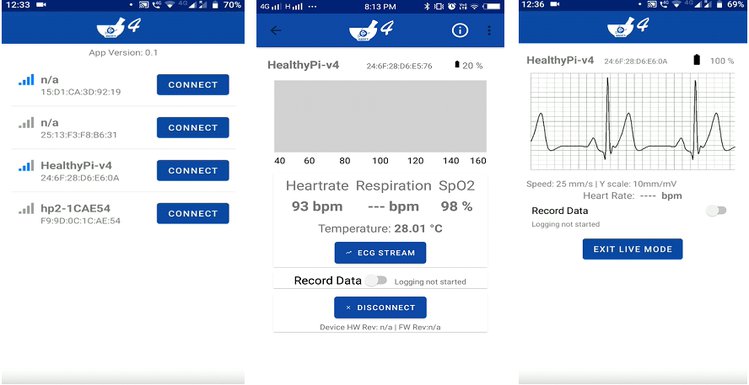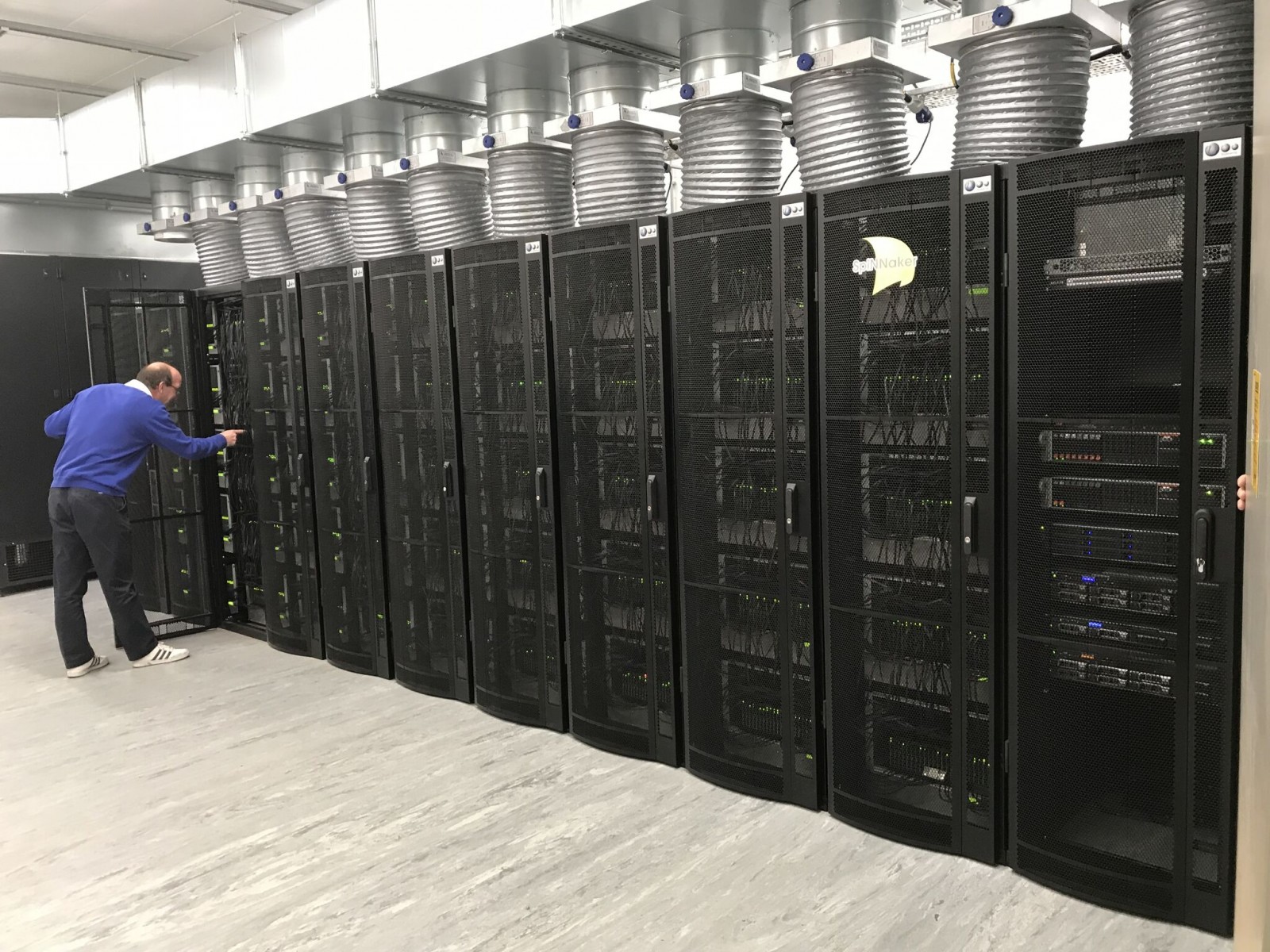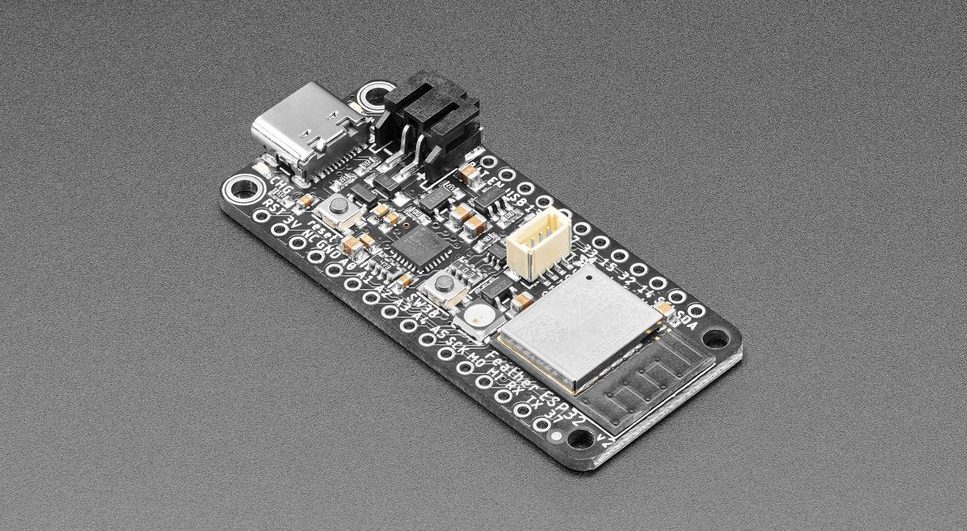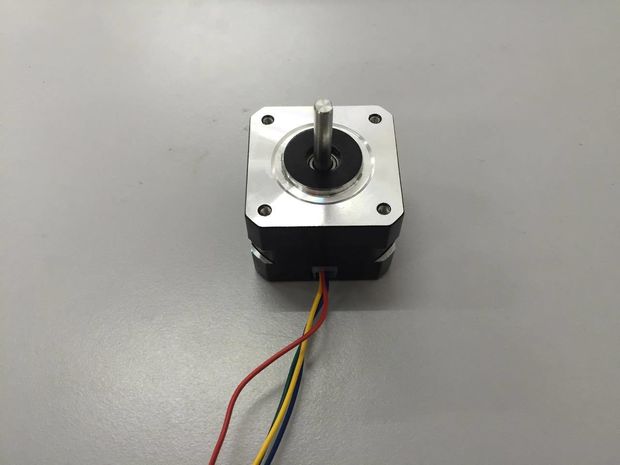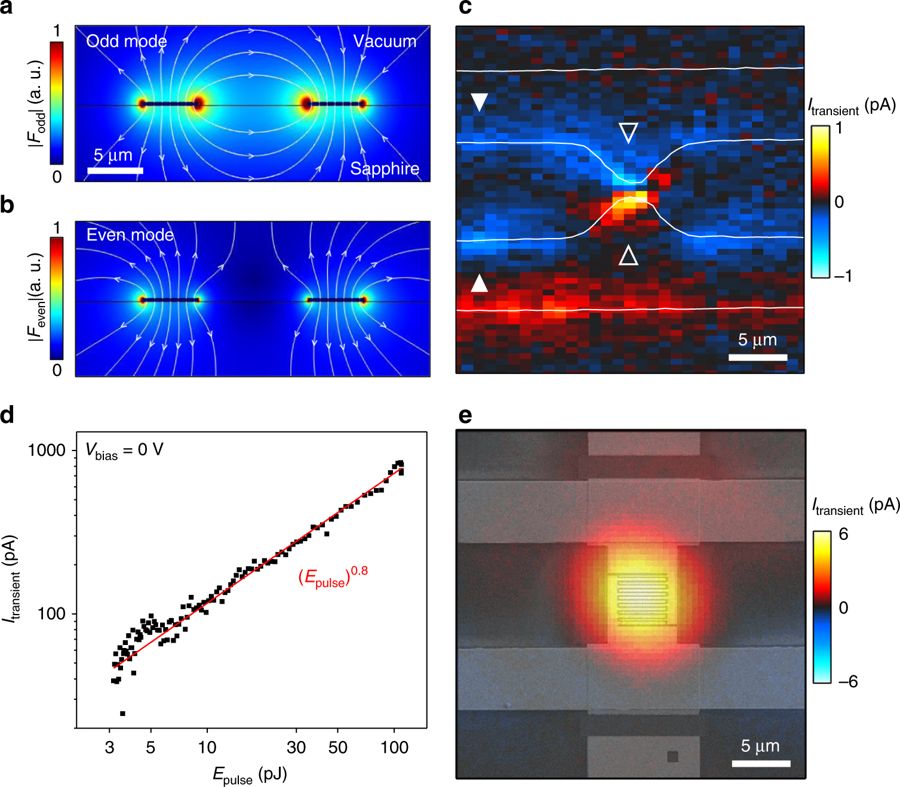
A team led by the Technical University of Munich (TUM) physicists Alexander Holleitner and Reinhard Kienberger has found success for the first time in generating ultrashort electric pulses on a chip. They made this possible by using asymmetric metal antennas only a few nanometers in dimension, then running the signals a few millimeters above the surface and receiving them in a controlled way.
Traditional electronics allow frequencies up to around 100 GHz. Optoelectronics can produce electric pulses at 10 THz range by applying electromagnetic phenomenon. The range in between them is referred as the terahertz gap, since components for signal generation, conversion, and detection have been remarkably difficult to achieve.
The TUM physicists succeeded in generating electric pulses in the frequency range up to 10 THz using tiny, so-called plasmonic antennas and run them over a chip. Researchers call the antennas plasmonic because of their shape, they amplify the light intensity at the metal surfaces. The shape of these plasmonic antennas is very important. They are asymmetrical in shape. One side of the nanometer-sized metal structures is more pointed than the other. When a lens-focused laser pulse excites the antennas, they emit more electrons on their pointed side than on the opposite flat ones. An electric current flows between the contacts — but only as long as the antennas are excited with the laser light.
In photoemission, the light pulse causes electrons to be emitted from the metal into the vacuum,
explains Christoph Karnetzky, lead author of the Nature paper.
All the lighting effects are stronger on the sharp side, including the photoemission that we use to generate a small amount of current. The light pulses were present in only a few femtoseconds.
Correspondingly short were the electrical pulses in the antennas. In this way, a femtosecond laser pulse with a frequency of 200 THz could generate an ultra-short THz signal with a frequency of up to 10 THz in the circuits on the chip, according to Karnetzky.
The researchers chose sapphire as the chip material, because it cannot be excited optically and, thus, causes no interference. With an eye on future applications, they used 1.5-micron wavelength lasers deployed in traditional internet fiber-optic cables. Holleitner and his colleagues also made yet another amazing observation that both the electrical and the THz pulses were non-linearly dependent on the excitation power of the laser used. This means that the photoemission in the antennas is triggered by the absorption of multiple photons per light pulse.
Alexander Holleitner said,
Such fast, nonlinear on-chip pulses did not exist hitherto
Utilizing this effect he hopes to discover even faster tunnel emission effects in the antennas and to use them for chip applications.





